The Reserve, Flora and Fauna
Damper Creek Conservation Reserve
Damper Creek Conservation Reserve
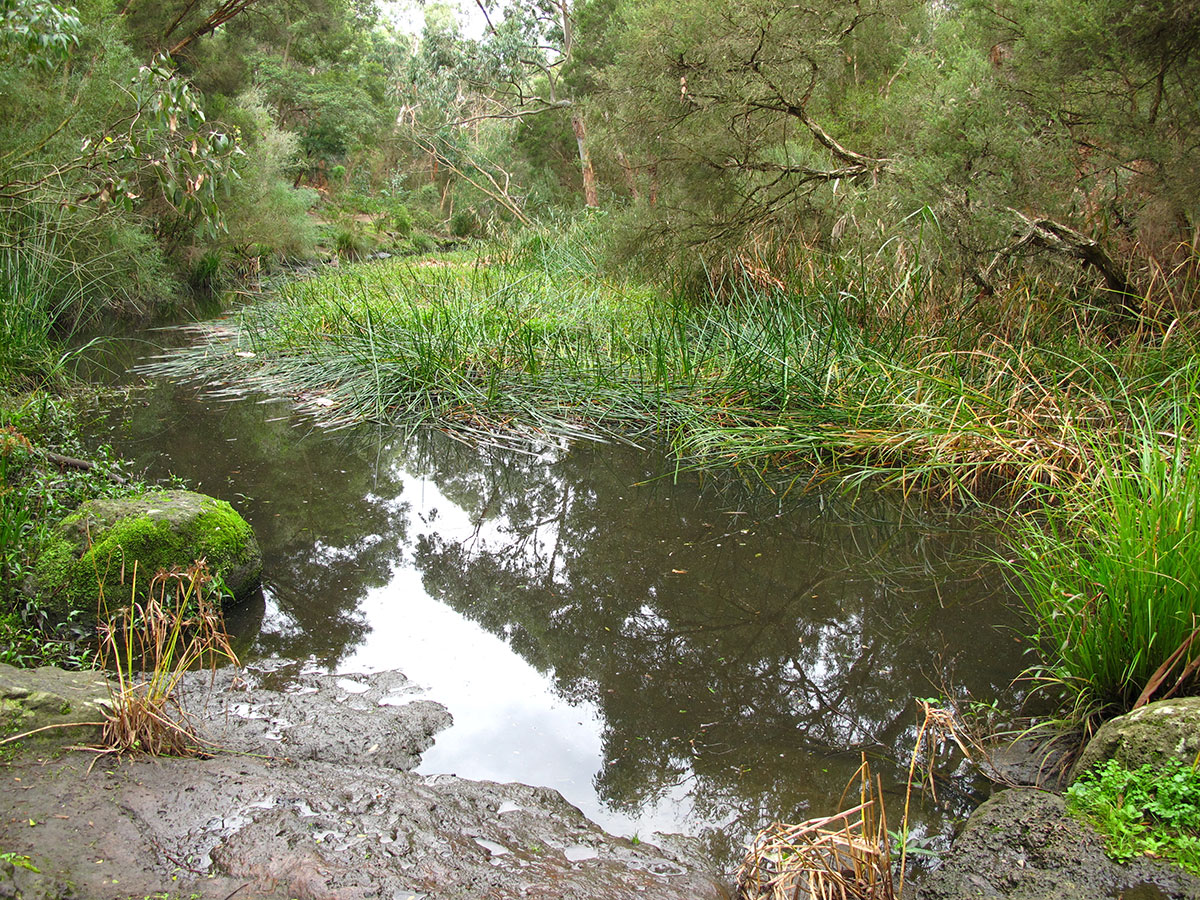
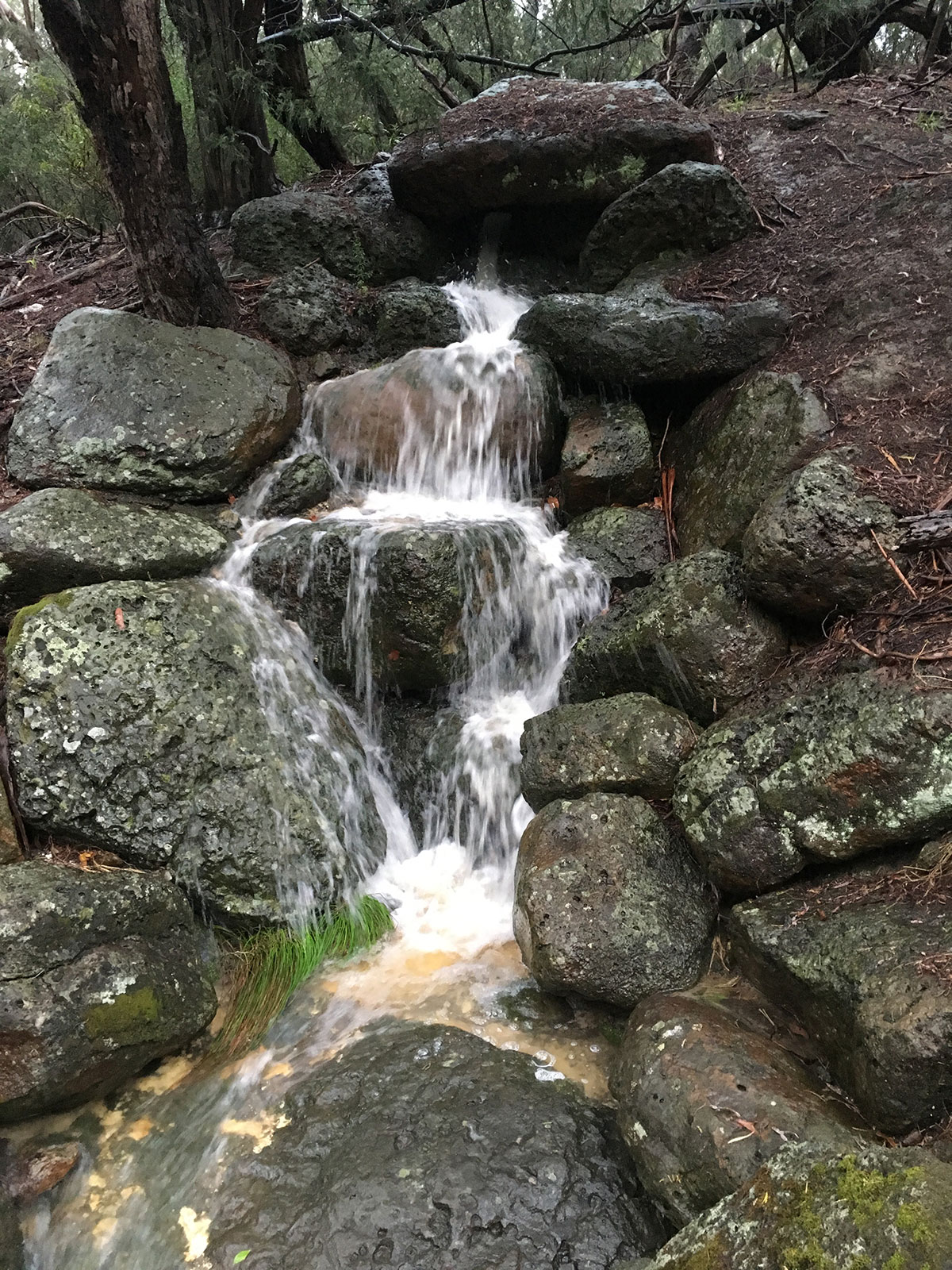
Damper Creek Reserve, Mt Waverley (Melway 61 D11) – view on Google Maps.
Parking is available at the Park Road carpark, or Park Road, or Norman Court or at the Stephensons Road carpark.
The reserve features:
Park-Friendly Behaviour
While you are visiting the park, we ask you to follow a few basic rules:
Download a PDF brochure outlining the features of Damper Creek Reserve.
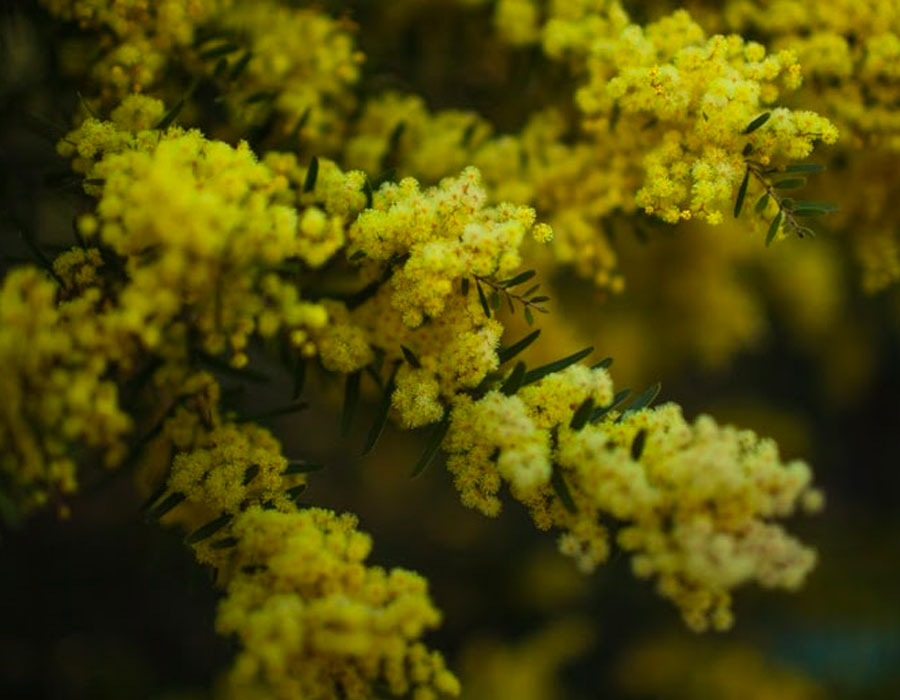
Damper Creek has two vegetation communities:
Grassy Forest
Swampy Riparian Complex
Australian Native Plant Society
Greening Australia
www.monash.vic.gov.au to download or view the “Gardens for Wildlife Program Booklet”
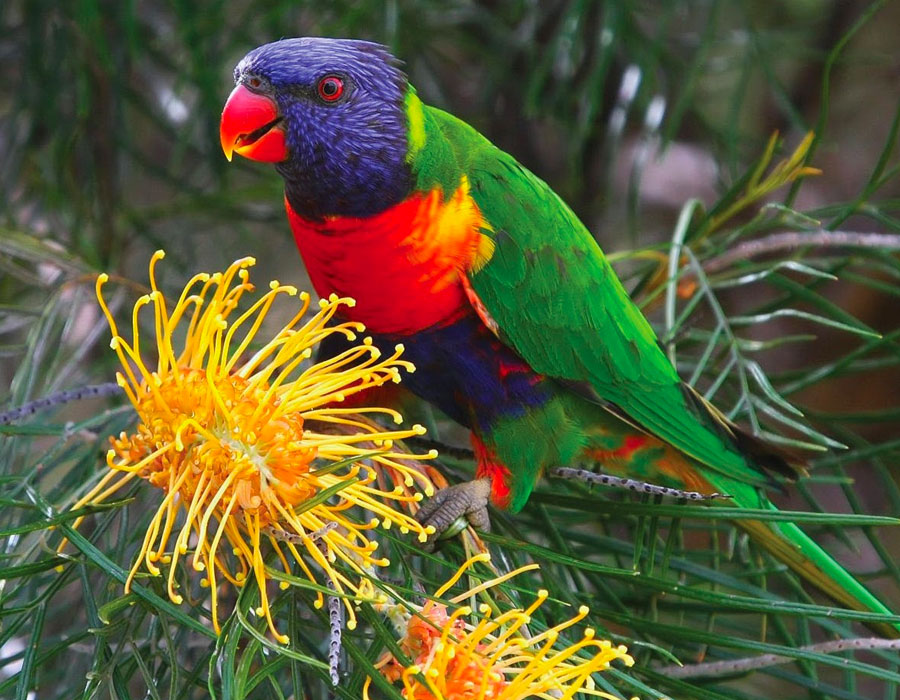
Damper Creek is of Regional Zoological Significance with 15 significant species either occurring or having at least a moderate likelihood of regular occurrence
Photo gallery from Jill Anderson
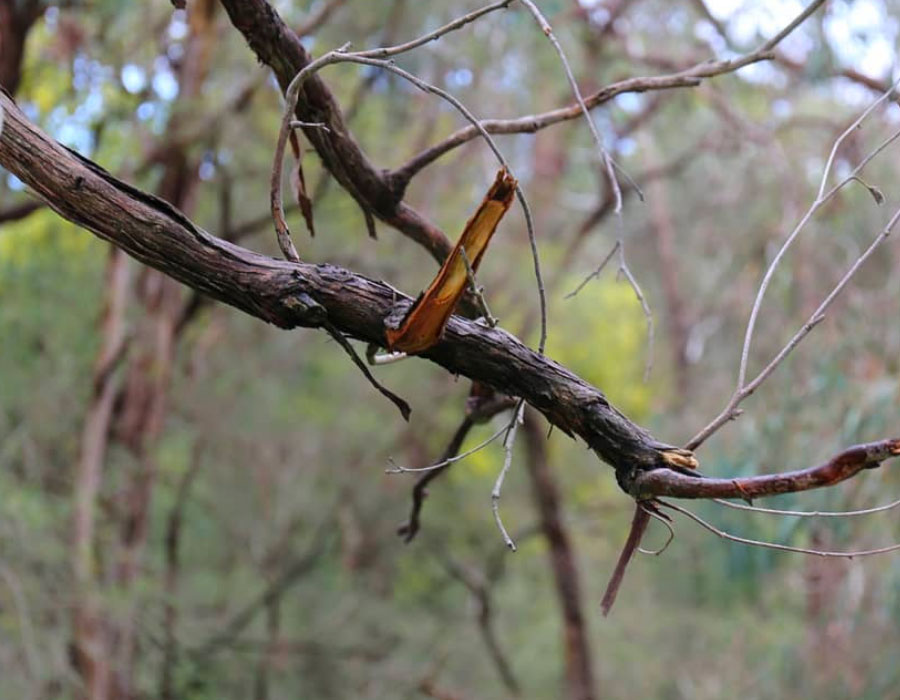
Despite its highly developed urban context, Damper Creek is a regionally significant refuge for fauna providing high quality habitat. The restored vegetation represents some of the best examples of revegetation, and together with remnant vegetation, provides a diversity of micro-habitats.
Damper Creek provides abundant foraging, nesting and perching substrate for a variety of native wildlife. The age of the trees is generally young but there is an abundance of older hollow-bearing eucalypts and stags (dead trees) and provision of artificial nest boxes has provided nesting opportunities for hollow-dependent vertebrates.
www.monash.vic.gov.au
Search for: Urban Biodiversity Strategy 2018 – 2028, “Connecting the Community with Nature”